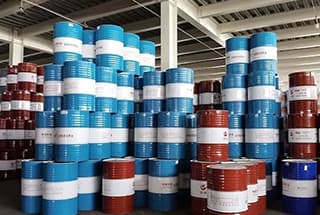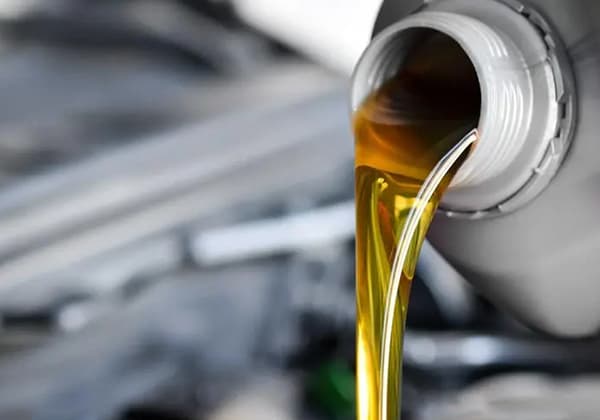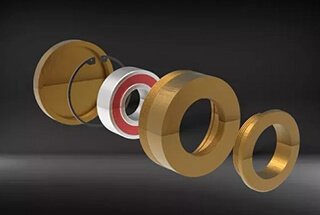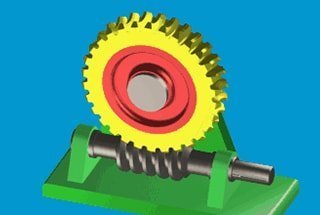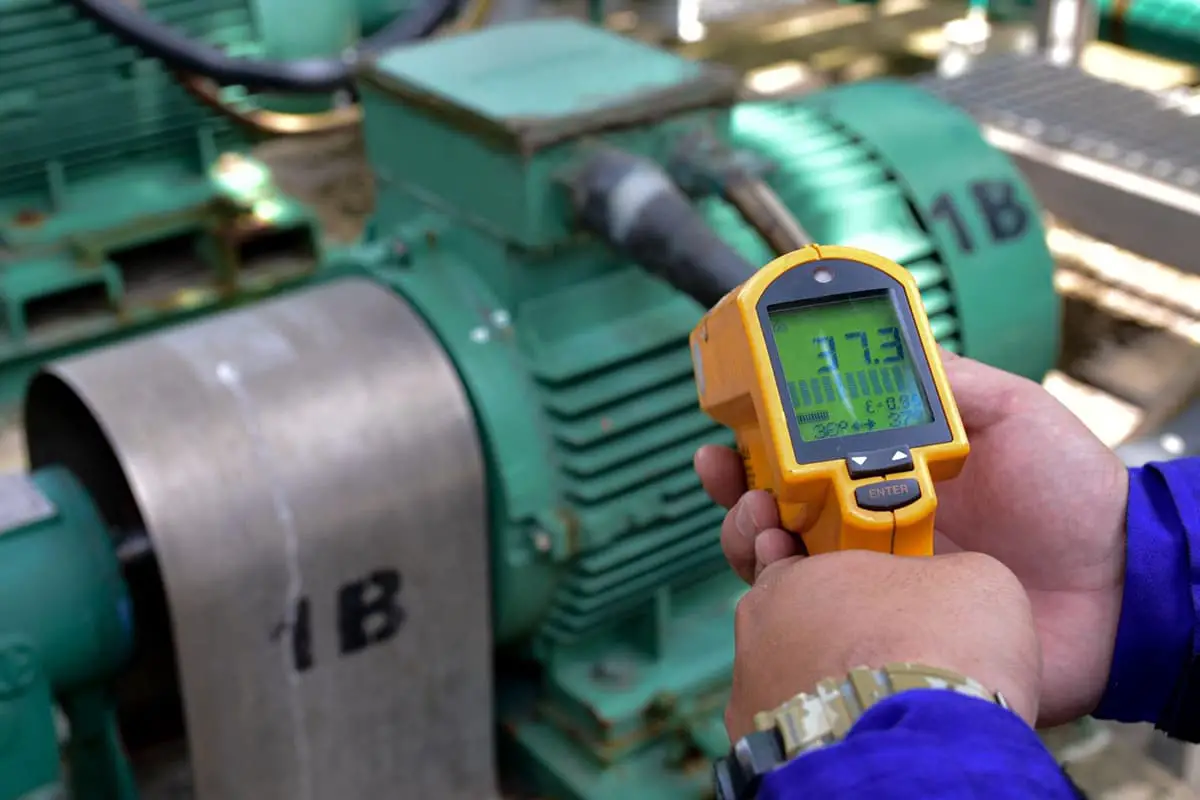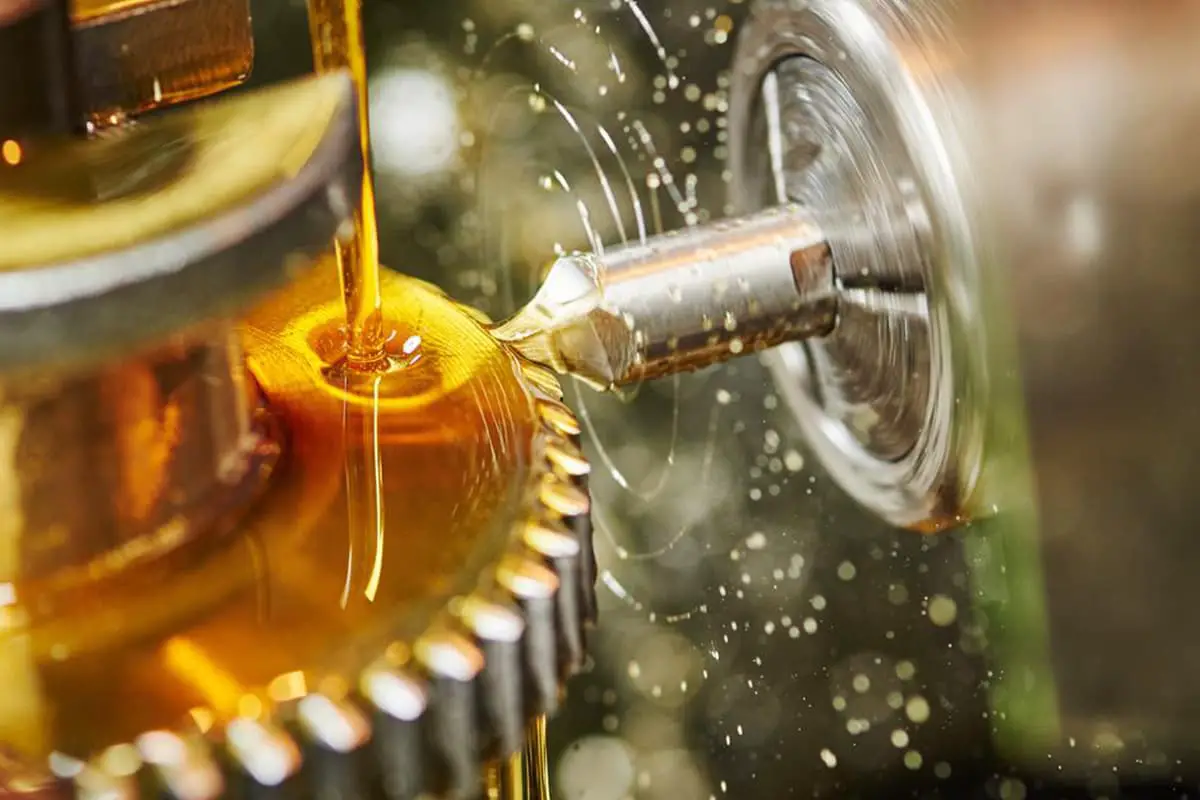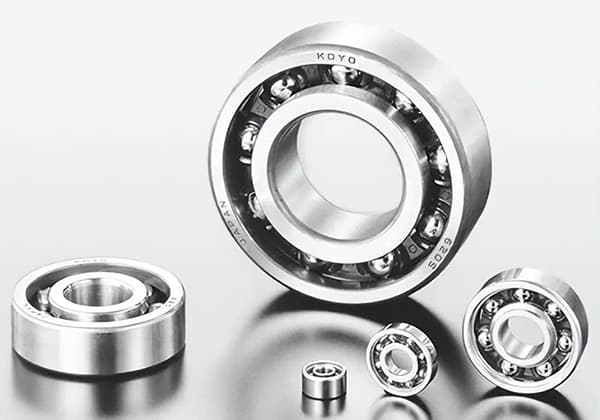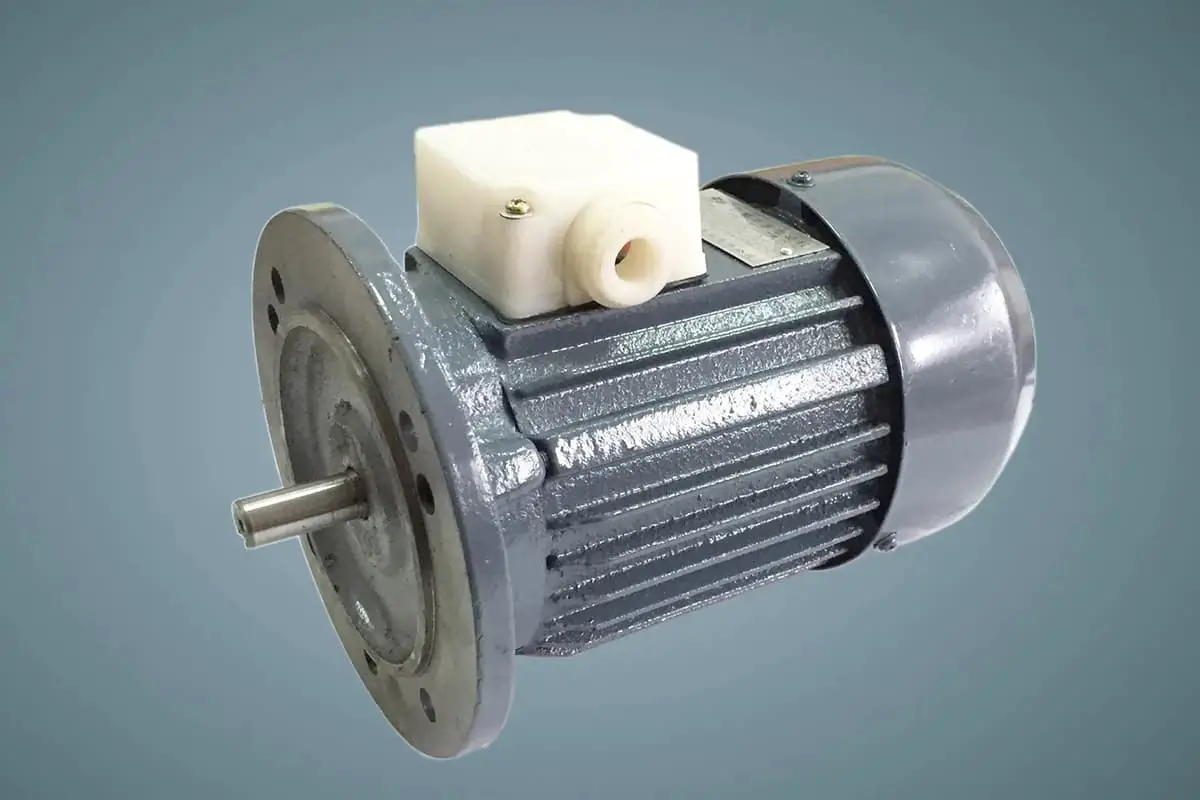
Have you ever considered how crucial proper lubrication is for vertical motor bearings? In this article, we’ll uncover the key factors influencing lubrication effectiveness, from the choice of grease viscosity to the impact of gravity on grease distribution. Discover how to enhance bearing performance, extend grease life, and ensure reliable motor operation. This guide will equip you with essential tips to prevent common lubrication-related failures and keep your vertical motors running smoothly.
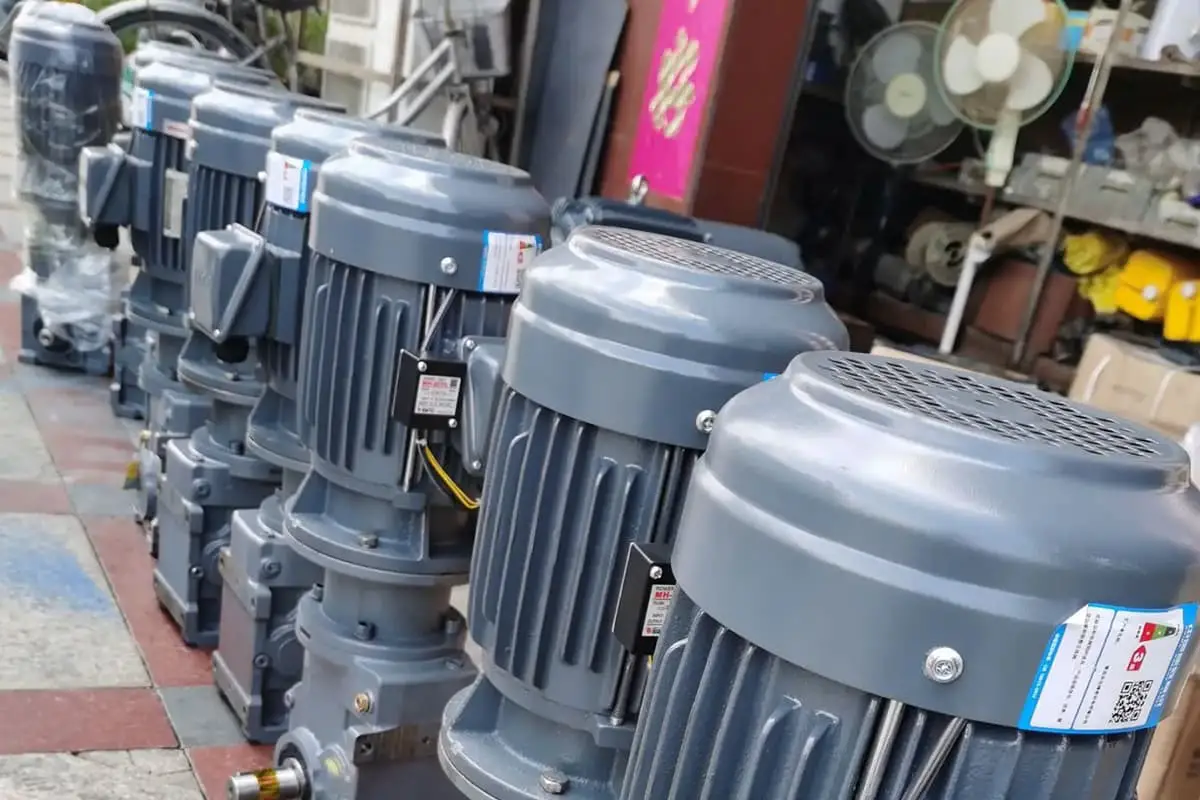
Vertical motors are a common type of motor installation. Previous articles have introduced many technical contents regarding the bearing selection, configuration, and use of vertical motors. Today, we discuss the lubrication issues of vertical motor bearings.
Lubrication plays a very crucial role in the use of bearings. In past bearing failure statistics, nearly half of the failures are related to improper lubrication. This correlation is not only present in horizontal motors but is also prominent in vertical motors.
The bearings in vertical motors are used in a way where the bearing axis is perpendicular to the ground. Therefore, the force and motion state at this time are different from those in horizontal motors. The following factors need to be considered in terms of lubrication:

For horizontal motors, gravity is equivalent to the radial direction of the bearing, but for vertical motors, all gravity is axial. In terms of lubrication, the grease is affected by gravity and flows towards the ground. For horizontal motors, the grease will flow to the lower part of the bearing. However, as the bearing rotates, the lubrication will be stirred and distributed around the inside of the bearing.
But for vertical motors, the rotation of the bearing takes place in the radial plane, and the direction of gravity is axial. Therefore, the grease inside the bearing will flow (or tend to flow) to one side of the bearing. The circumferential rotation of the bearing has a very limited effect on the axial distribution of bearing lubrication.
In this way, the fluidity of bearing grease has a noticeable effect on the distribution of the grease. Therefore, in general vertical motors, it is usually recommended to use lubricants with lower fluidity. This also means that when choosing the viscosity of the grease, it is advisable to consider a larger one. For motors, this usually means that No.3 grease is often used in the bearings of vertical motors.
In the above analysis, we mentioned that the rotation of vertical motor bearings on the radial plane does not contribute favorably to the circulation of grease within the bearing. In other words, the rotation of the bearing doesn’t entirely facilitate the stirring of the grease, which is not beneficial for the circulation of lubricant within the bearing.
Consequently, generally speaking, for vertical motors, the lifespan of the internal bearing grease is halved based on standard grease life calculations. This directly results in halving the lubrication intervals and increasing the lubrication frequency for the bearing.
For the selection of lubrication paths in horizontal motors, we have dedicated articles explaining this. However, for vertical motors, we must consider one important factor, which is gravity. For horizontal motors, we need to ensure that the inlets and outlets of the motor bearing oil path are on both sides of the bearing, with the motor outlets typically being equal.
These aspects also need attention in vertical motors. But even if the bearing lubrication paths are distributed on both sides of the bearing, we must consider that the best direction for oil intake in the bearing is from above, and oil drainage should ideally be from below.
This way, gravity will assist in the circulation of the lubricant. If designed otherwise, it may lead to unfavorable oil drainage, which can cause numerous issues, such as excessively high bearing temperatures.
For electric motors and bearings stored vertically, gravity causes the internal lubrication to flow downwards. This, over extended periods, can lead to an excess of grease at the bottom and a deficiency at the top of the bearing. Due to the same gravitational reasons, we advise pre-start lubrication equalization for horizontally stored motors.
However, this radial rotation method of lubrication equalization is limited for vertical motors. Therefore, we recommend supplementing lubrication before operational deployment of vertically stored motors that have been stored for long periods to avoid poor lubrication on one side of the bearing.
It’s easy to see from the above analysis that the main difference between the lubrication of vertical motor bearings and that of horizontal ones is the directional impact of gravity on lubrication. By paying attention to these aspects, the lubrication status of vertical motor bearings can be accordingly safeguarded.

